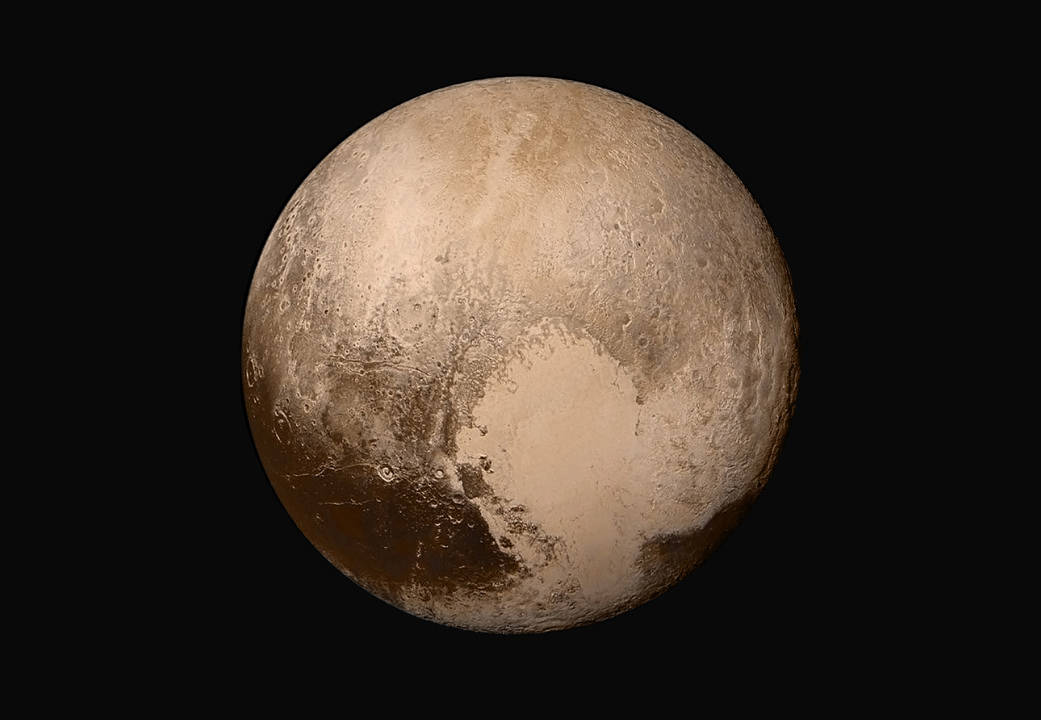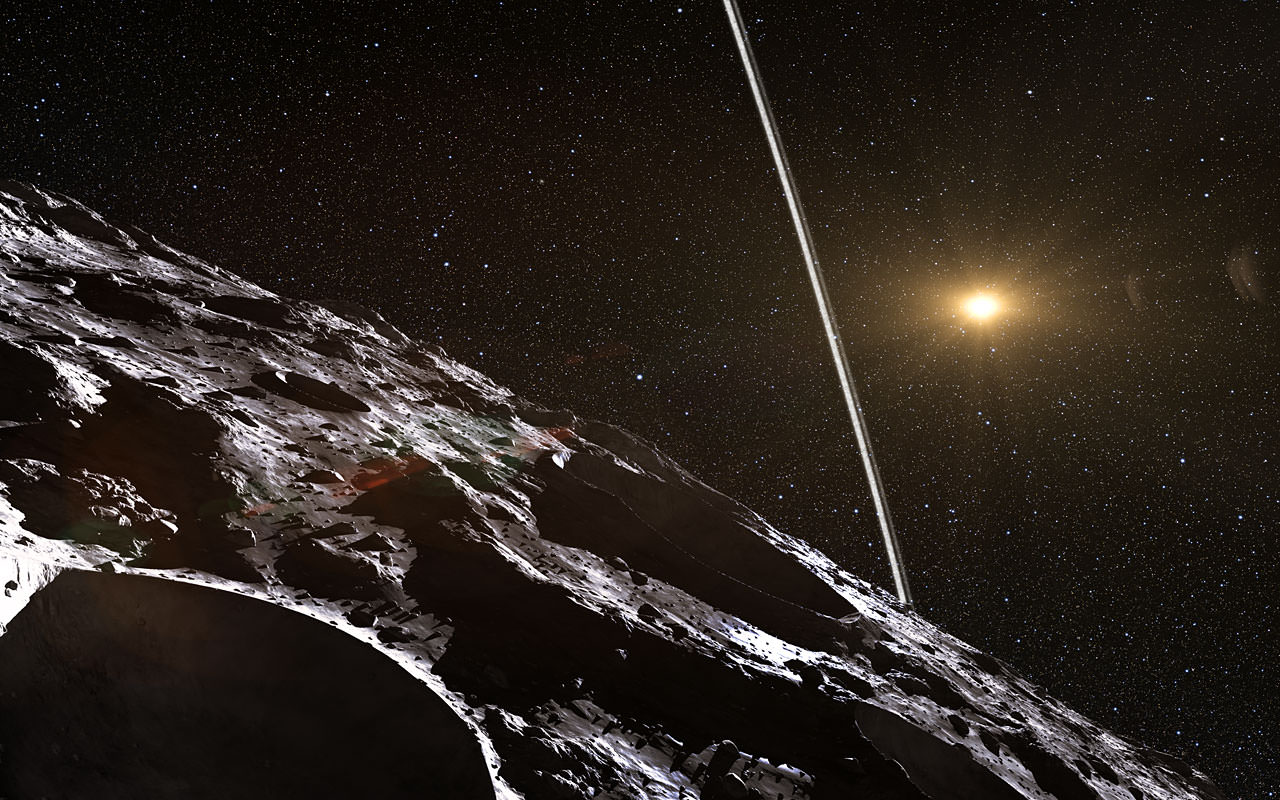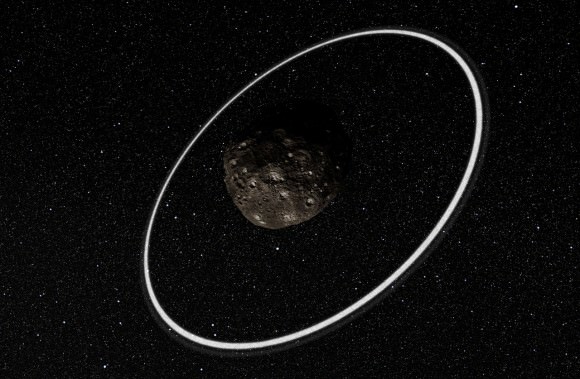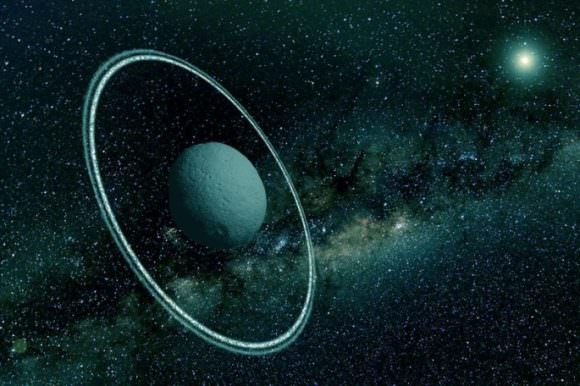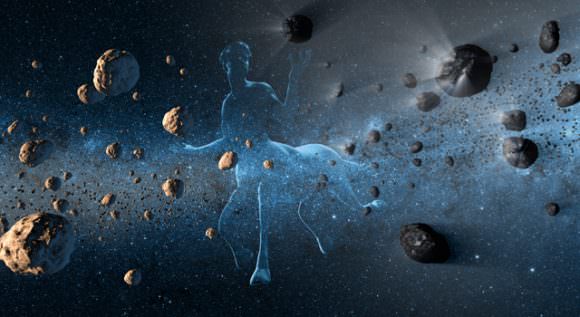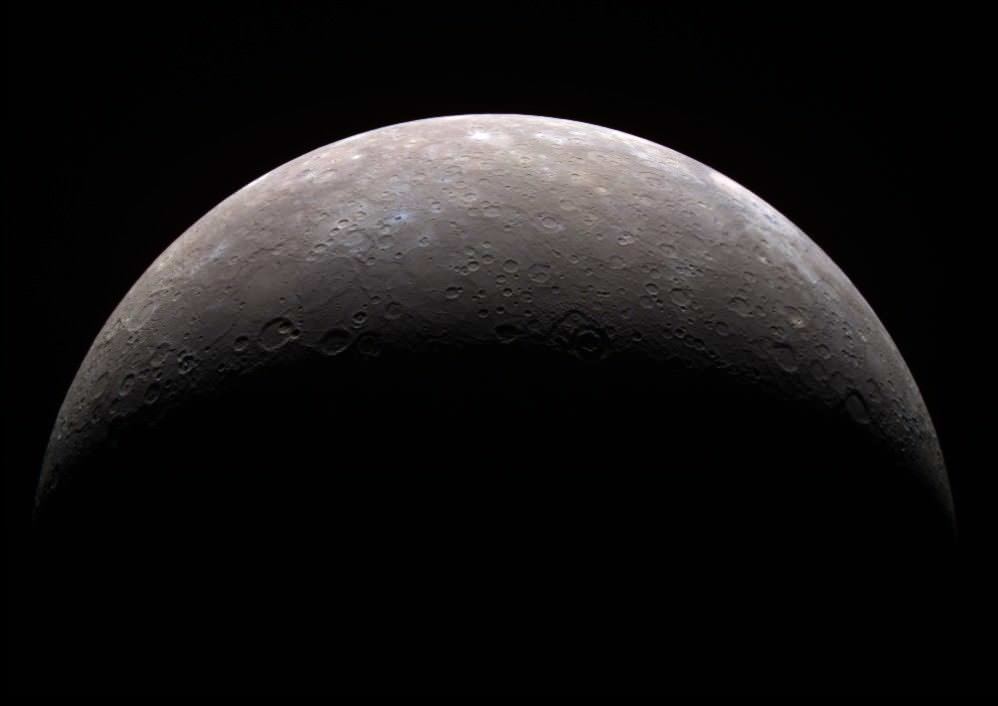Discovered in 1930 by Clyde Tombaugh, Pluto was once thought to be the ninth and outermost planet of the Solar System. However, due to the formal definition adopted in 2006 at the 26th General Assembly of the International Astronomical Union (IAU), Pluto ceased being the ninth planet of the Solar System and has become alternately known as a “Dwarf Planet”, “Plutiod”, Trans-Neptunian Object (TNO) and Kuiper Belt Object (KBO).
Despite this change of designation, Pluto remains one of the most fascinating celestial bodies known to astronomers. In addition to having a very distant orbit around the Sun (and hence a very long orbital period) it also has the most eccentric orbit of any planet or minor planet in the Solar System. This makes for a rather long year on Pluto, which lasts the equivalent of 248 Earth years!
Orbital Period:
With an extreme eccentricity of 0.2488, Pluto’s distance from the Sun ranges from 4,436,820,000 km (2,756,912,133 mi) at perihelion to 7,375,930,000 km (4,583,190,418 mi) at aphelion. Meanwhile, it’s average distance (semi-major axis) from the Sun is 5,906,380,000 km (3,670,054,382 mi). Another way to look at it would be to say that it orbits the Sun at an average distance of 39.48 AU, ranging from 29.658 to 49.305 AU.

At its closest, Pluto actually crosses Neptune’s orbit and gets closer to the Sun. This orbital pattern takes place once every 500 years, after which the two objects then return to their initial positions and the cycle repeats. Their orbits also place them in a 2:3 mean-motion resonance, which means that for every two orbits Pluto makes around the Sun, Neptune makes three.
The 2:3 resonance between the two bodies is highly stable, and is preserved over millions of years. The last time this cycle took place was between 1979 to 1999, when Neptune was farther from the Sun than Pluto. Pluto reached perihelion in this cycle – i.e. its closest point to the Sun – on September 5th, 1989. Since 1999, Pluto returned to a position beyond that of Neptune, where it will remain for the following 228 years – i.e. until the year 2227.
Sidereal and Solar Day:
Much like the other bodies in our Solar System, Pluto also rotates on its axis. The time it takes for it to complete a single rotation on its axis is known as a “Sidereal Day”, while the amount of time it takes for the Sun to reach the same point in the sky is known as a “Solar Day”. But due to Pluto’s very long orbital period, a sidereal day and a solar day on Pluto are about the same – 6.4 Earth days (or 6 days, 9 hours, and 36 minutes).
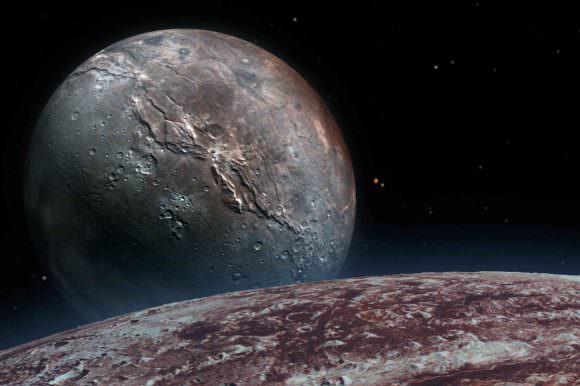
It is also worth noting that Pluto and Charon (its largest moon) are actually more akin to a binary system rather than a planet-moon system. This means that the two worlds orbit each other, and that Charon is tidally locked around Pluto. In other words, Charon takes 6 days and 9 hours to orbit around Pluto – the same amount of time it takes for a day on Pluto. This also means that Charon is always in the same place in the sky when seen from Pluto.
In short, a single day on Pluto lasts the equivalent of about six and a half Earth days. A year on Pluto, meanwhile, lasts the equivalent of 248 Earth years, or 90,560 Earth days! And for the entire year, the moon is hanging overhead and looming large in the sky. But factor in Pluto’s axial tilt, and you will come to see just how odd an average year on Pluto is.
Seasonal Change:
It has been estimated that for someone standing on the surface of Pluto, the Sun would appear about 1,000 times dimmer than it appears from Earth. So while the Sun would still be the brightest object in the sky, it would look more like a very bright star that a big yellow disk. But despite being very far from the Sun at any given time, Pluto’s eccentric orbit still results in some considerable seasonal variations.
On the whole, the surface temperature of Pluto does not change much. It’s surface temperatures are estimated to range from a low of 33 K (-240 °C; -400 °F ) to a high of 55 K (-218 °C; -360°F) – averaging at around 44 K (-229 °C; -380 °F). However, the amount of sunlight each side receives during the course of a year is vastly different.
Compared to most of the planets and their moons, the Pluto-Charon system is oriented perpendicular to its orbit. Much like Uranus, Pluto’s very high axial tilt (122 degrees) essentially means that it is orbiting on its side relative to its orbital plane. This means that at a solstice, one-quarter of Pluto’s surface experiences continuous daylight while the other experiences continuous darkness.
This is similar to what happens in the Arctic Circle, where the summer solstice is characterized by perpetual sunlight (i.e. the “Midnight Sun”) and the winter solstice by perpetual night (“Arctic Darkness”). But on Pluto, these phenomena affect nearly the entire planet, and the seasons last for close to a century.
Even if it is no longer considered a planet (though this could still change) Pluto still has some very fascinating quarks, all of which are just as worthy of study as those of the other eight planets. And the time it takes to complete a full year on Pluto, and all the seasonal changes it goes through, certainly rank among the top ten!
We have written many interesting articles about a year on other planets here at Universe Today. Here’s How Long is a Year on the Other Planets?, Which Planet has the Longest Day?, How Long is a Year on Mercury?, How Long is a Year on Venus?, How Long is a Year on Earth?, How Long is a Year on Mars?, How Long is a Year on Jupiter?, How Long is a Year on Saturn?, How Long is a Year on Uranus?, and How Long is a Year on Neptune?.
For more information, be sure to check out NASA’s Solar System Exploration page on Pluto, and the New Horizon’s mission page for information on Pluto’s seasons.
Astronomy Cast also has some great episodes on the subject. Here’s Episode 1: Pluto’s Planetary Identity Crisis and Episode 64: Pluto and the Icy Outer Solar System.
Sources:

